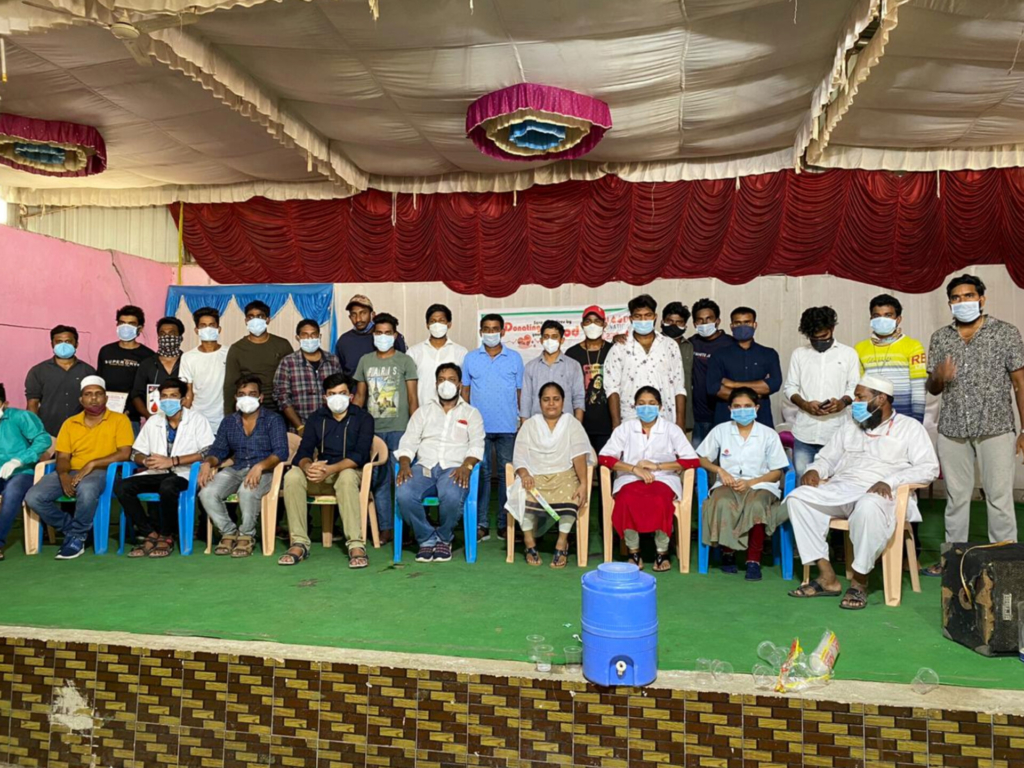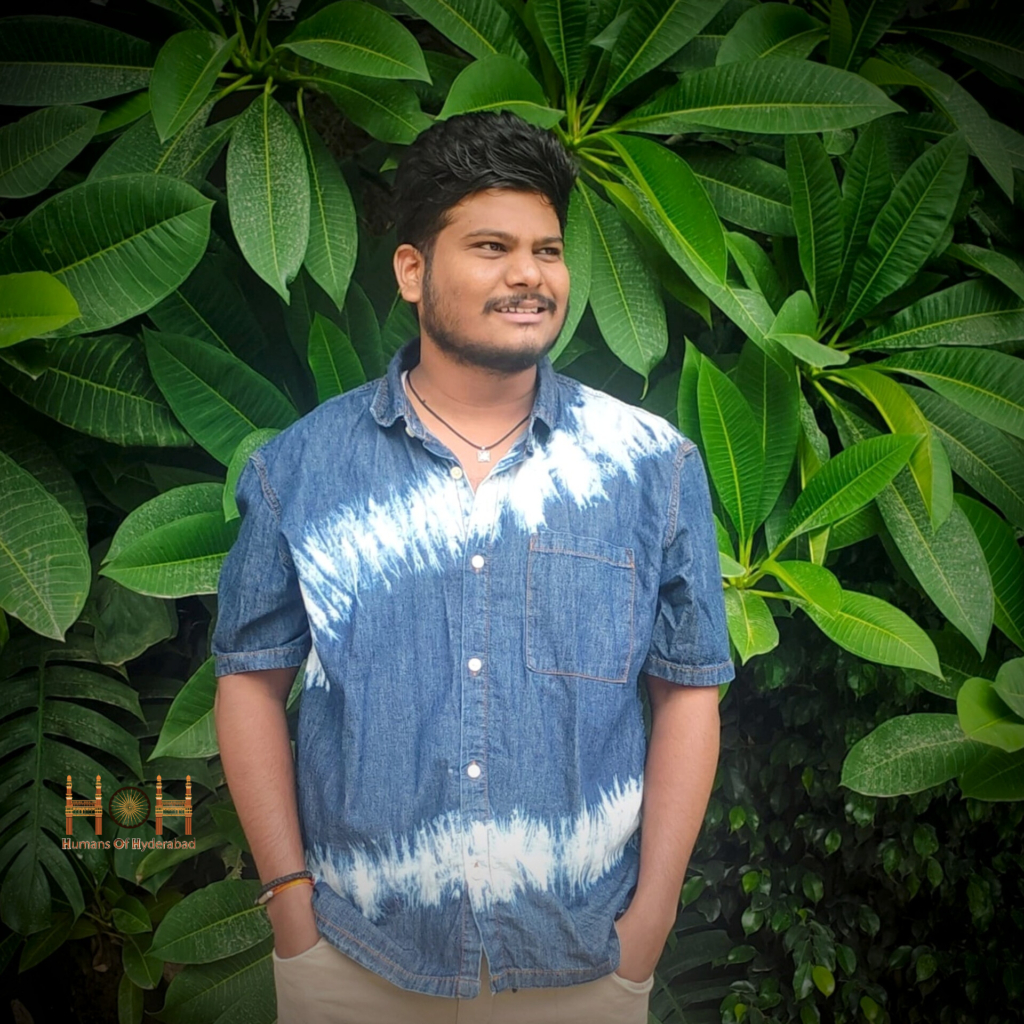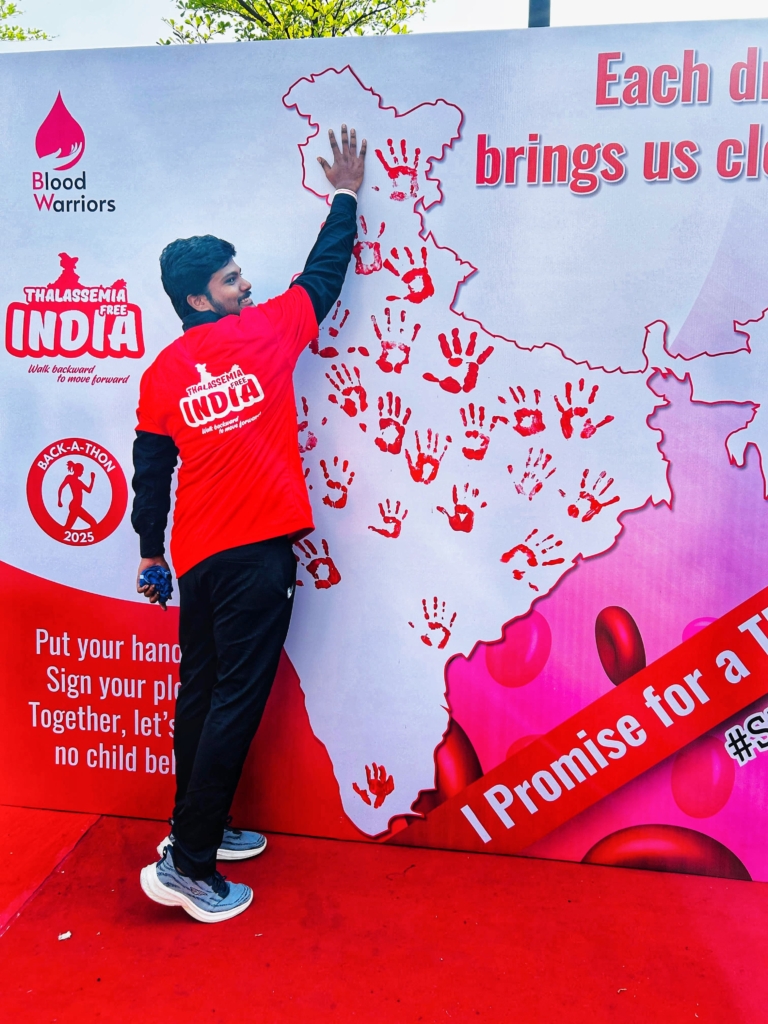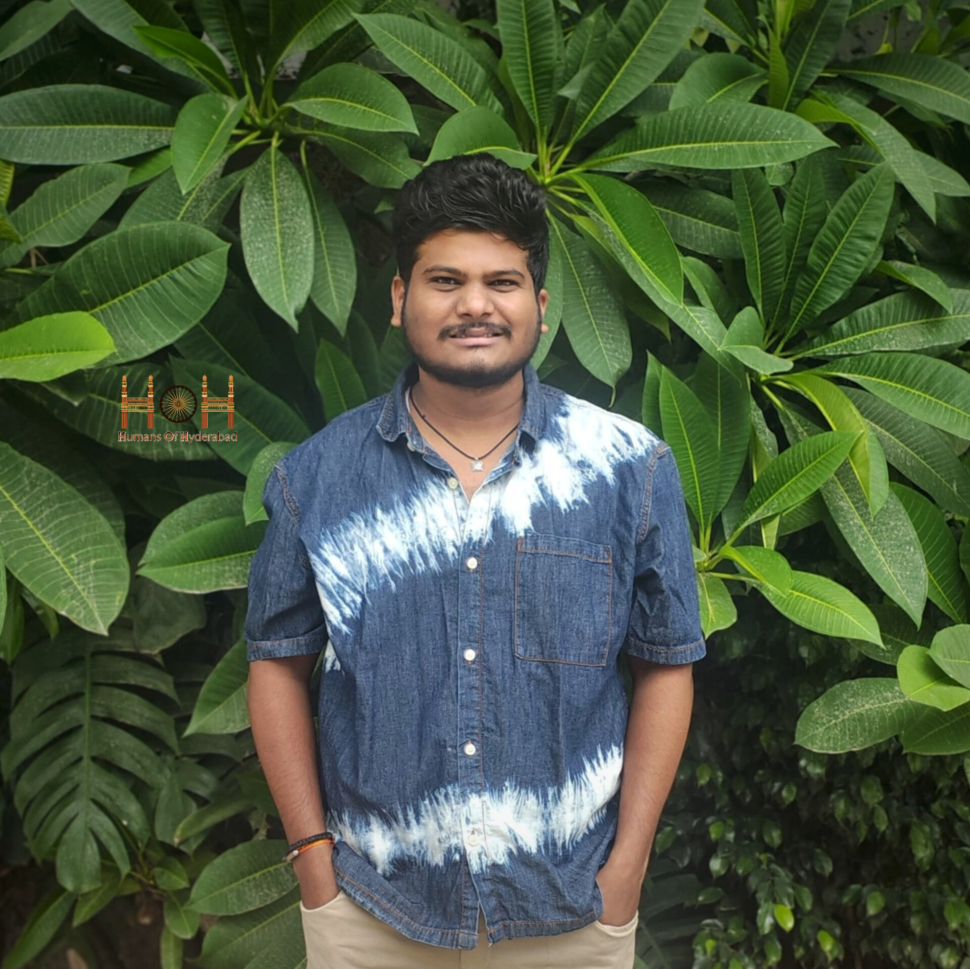“Back in 2015, during a massive dengue outbreak in Hyderabad, I went to a Private Hospital in Kachiguda to donate blood. It was only the second time I’d ever donated. I was with a few of my college classmates just trying to do something good.
While we were there, I saw something that has stayed with me ever since. Two women were crying helplessly in the corridor. Their father was critically ill with dengue, and his platelet count had dropped to 15,000. They were running from person to person, pleading for someone with A positive platelets. They found us and asked if we could help. But we didn’t have any network, no donor group, no system—just a few people trying to share the message on social media and WhatsApp.
We did what we could. We posted, forwarded messages, called whoever we could think of. The next morning, we followed up. Their father had passed away that night.
That moment changed me. I kept thinking: if there had been a proper system in place, maybe we could’ve saved him. That was the beginning of the Hyderabad Blood Donors Group. I started it alone, with nothing but a sense of responsibility.

At first, it was just me, a couple of hundred followers on Instagram and Twitter, and a basic idea—to connect those in need with those who could help. Slowly, people began to notice. Today, we have a donor database of over 15,000 people.
Since we started, the group has facilitated more than 25,000 blood and platelet donations across Telangana and beyond. Since 2018, we’ve been receiving around 10-15 requests for blood every single day. We post these in WhatsApp groups, and someone usually steps up. On Instagram, we use Google Forms to gather new donor registrations and collaborate with large accounts to amplify the requests. During the COVID-19 pandemic, Eenadu published my number, and suddenly I was flooded with 1,000 to 2,000 calls daily. KTR sir also tweeted our donor form, which gave us a huge push. We encouraged people to donate before getting vaccinated, and together, we managed to collect over 10,000 units of blood.

Thalassemia and pregnancy-related emergencies are top priority for us. Thalassemia patients, especially children, often need transfusions every 15–20 days.
But it hasn’t all been easy. I remember a woman at NIMS, whose husband needed dialysis. She was already in distress when someone pretending to be a donor asked her for ₹1500 as a “transportation fee” and disappeared after taking the money on PhonePe. She was left in tears. After that, with the help of DCP Shilpa Valli ma’am, we started spreading awareness about such scams, and thankfully, they’ve reduced a lot now.
Rare blood groups like A Negative, AB Negative, and Bombay blood group are still hard to find. Whenever we get such requests, we act immediately. Every minute counts. In fact, some requests have taken days to fulfil, especially during peak summers when donor turnout drops drastically. But we always try.

Even today, I spend at least four hours daily handling donor requests, especially for patients who come to Hyderabad from other towns and don’t have anyone here. I’ve also been conducting awareness sessions on blood donation and thalassemia across Telangana. The goal is simple—to make sure no one ever feels as helpless as those two sisters I met in 2015.
In 2021, we organised our first official blood donation camp in my hometown, Dharmapuri in Jagitial district. Despite COVID fears, 117 people showed up to donate. That day reaffirmed the impact this effort can have when people come together.

Looking ahead, I want to build a mobile application to make this work more efficient—to match donors and recipients faster, and notify people automatically when there’s an urgent need. My long-term vision is to scale this across India. I truly believe that if we can ensure there’s at least one blood donor in every household, we can create a support system strong enough to save thousands of lives.”
#WorldBloodDonorDay2025 #DonateBloodSaveLives
